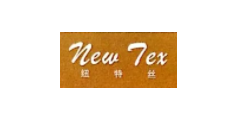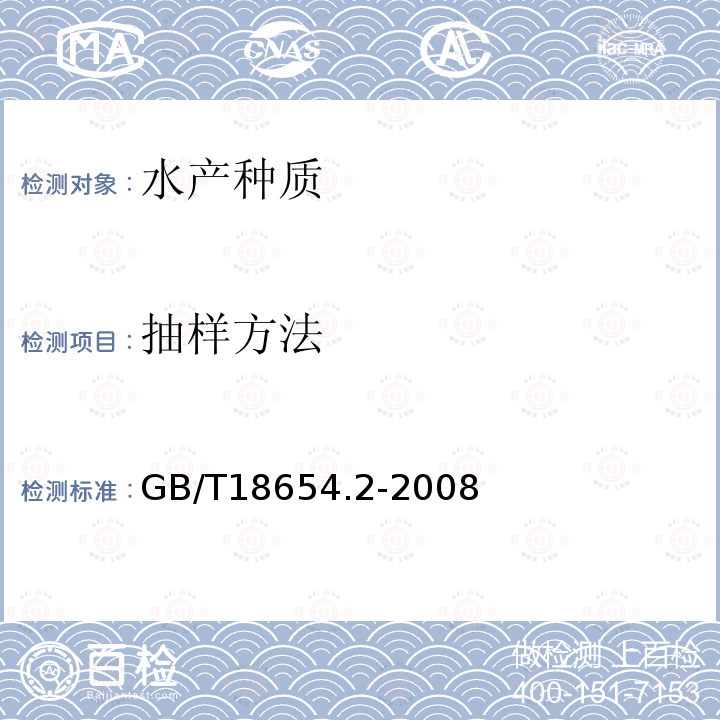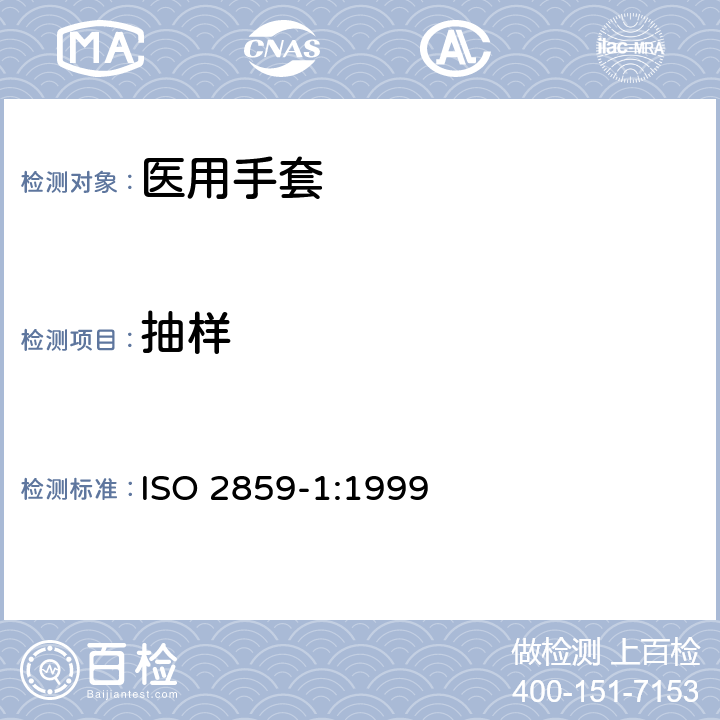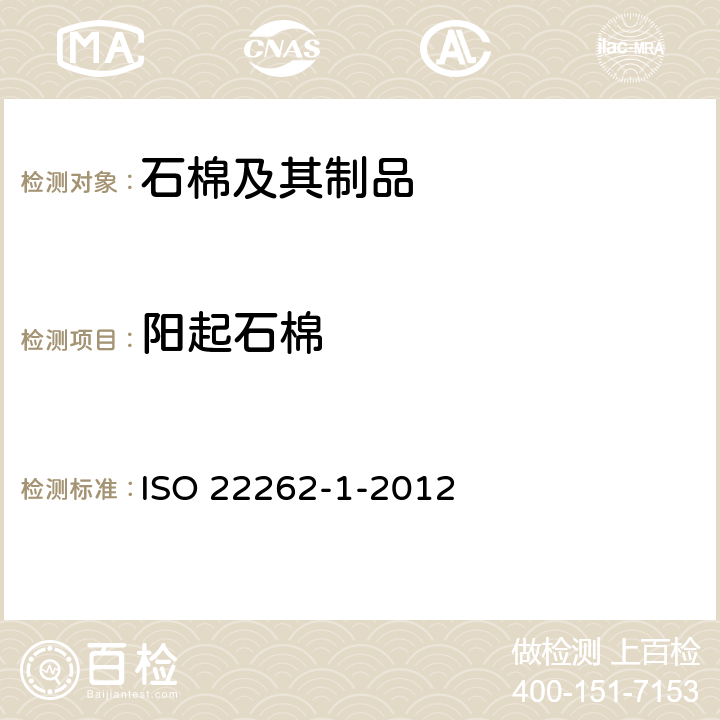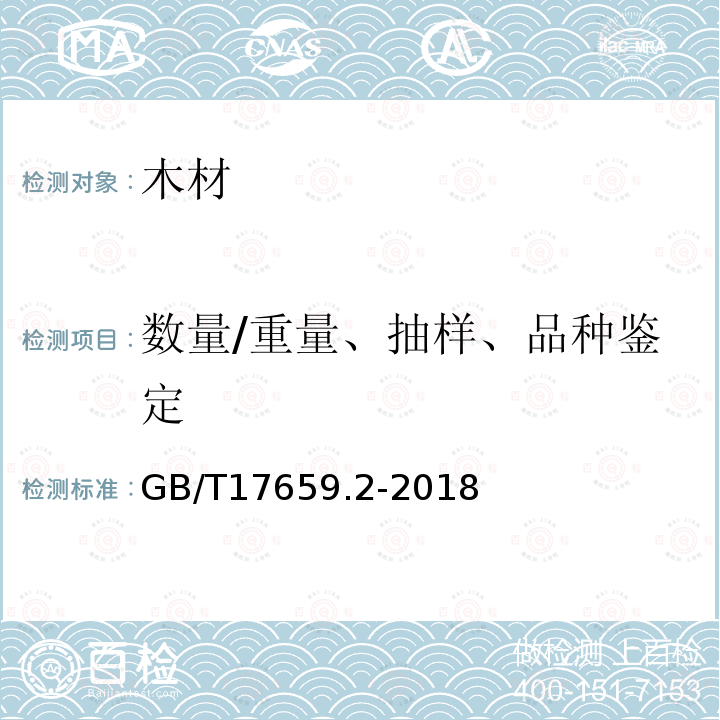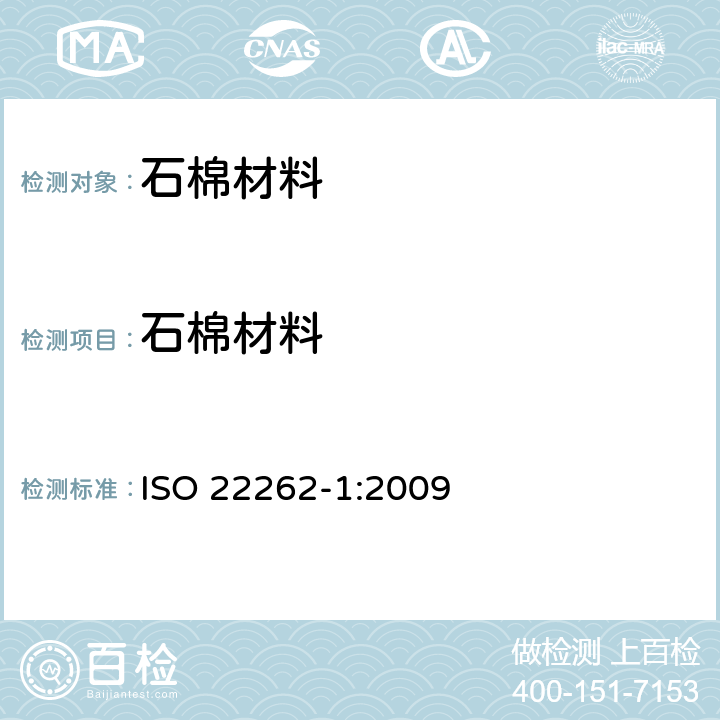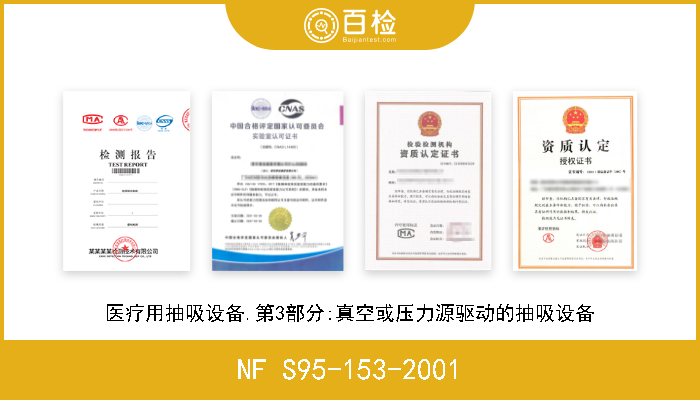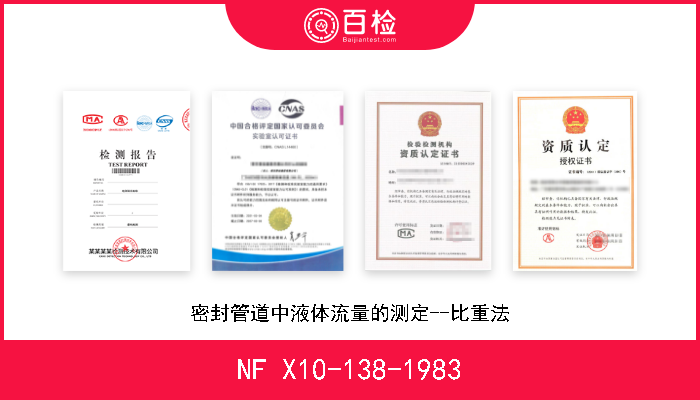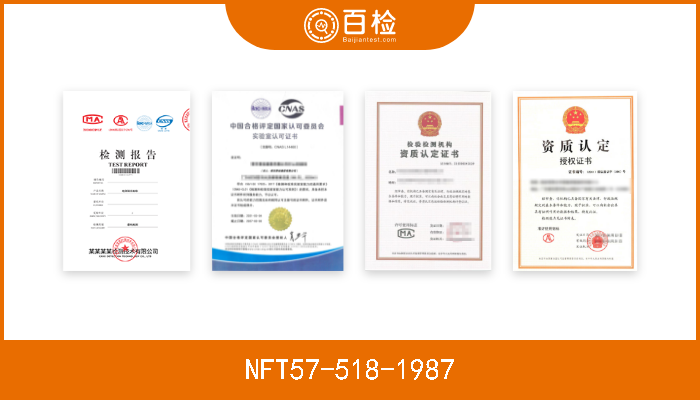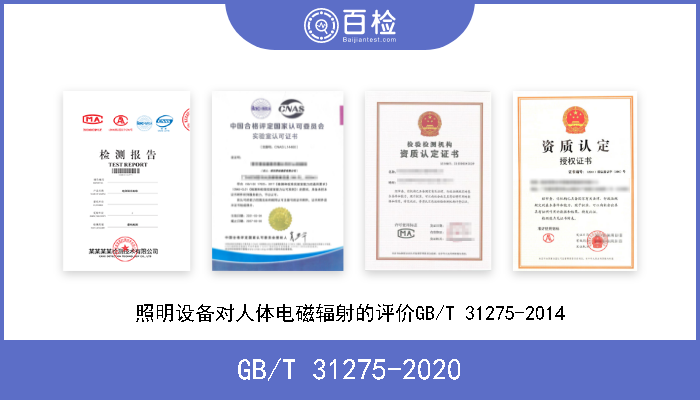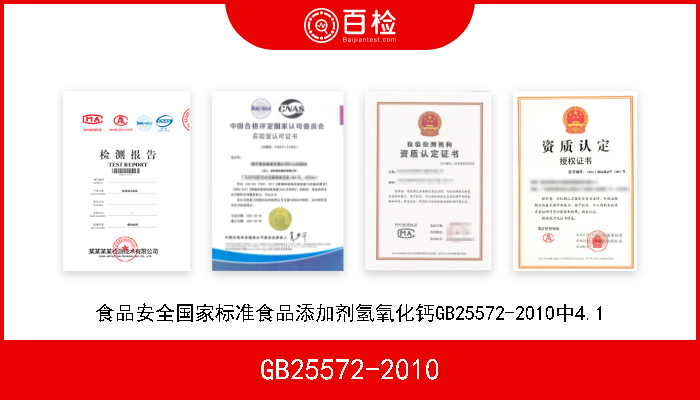ISO 11648-2-2001 块材料抽样的统计方面 第2部分:颗粒材料的抽样
百检网 2021-07-14
标准号:ISO 11648-2-2001
中文标准名称:块材料抽样的统计方面 第2部分:颗粒材料的抽样
英文标准名称:Statistical aspects of sampling from bulk materials - Part 2: Sampling of particulate materials
标准类型:A82
发布日期:1999/12/31 12:00:00
实施日期:1999/12/31 12:00:00
中国标准分类号:A82
国际标准分类号:03.120.30
适用范围:This part of ISO 11648 establishes the basic methods for sampling participate materials in bulk (e.g. ores, mineral concentrates, coal, industrial chemicals in powder or granular form, and agricultural products such as grain) from moving streams and stationary situations, including stopped-belt sampling, to provide samples for measuring one or more variables in an unbiased manner and with a known degree of precision. The variables are measured by chemical analysis and/or physical testing. These sampling methods are applicable to materials that require inspection to verify compliance with product specifications or contract settlements, to calculate the value of the lot mean of a measurable quantity as a basis for settlement between trading partners, or to estimate the set of variables and variances that describes a system or procedure. Stopped-belt sampling is the reference method against which other sampling procedures are compared. Dynamic sampling from moving streams is the preferred method whereby a sampling device (called a cutter) is passed through the stream of the particulate material. A complete cross-section of the moving stream can be removed as a primary increment at a conveyor belt transfer point with a falling-stream cutter, or removed from the belt with a cross-belt cutter. In both cases, the selection and extraction of increments can be described by a one-dimensionai dynamic sampling model. Static sampling of bulk material from stationary situations, such as stockpiles, rail or road wagons, the holds of ships and barges, silos, and even comparatively small volumes, is used only where sampling from moving streams is not possible. Such sampling from three-dimensional lots is prone to systematic errors, because some parts of the lot usually have reduced or no chance of being collected for the gross sample. This is in violation of the requirement of the three-dimensional sampling model that all parts have an equal probability of being collected. The procedures described in this part of ISO 11648 for sampling from stationary lots of bulk particulate material with implements such as mechanical augers merely minimize some of the systematic sampling errors. For these reasons, this part of ISO 11648 is primarily concerned with dynamic sampling from moving streams or stopped-belt static sampling from conveyor belts and is based on a sampling model for one-dimensional lots. Nonetheless, procedures for static sampling from three-dimensional lots are provided where these situations cannot be avoided. This part of ISO 11648 is concerned with the methods of sampling particulate materials in bulk with the objective of obtaining unbiased measurements of one or more variables of the material with a known degree of precision. However, it does not provide methods for deciding whether to accept or reject a bulk material lot with specified degrees of risk of accepting a sub-standard lot, or of rejecting what is in fact an acceptable lot. These latter procedures are usually called acceptance sampling or sampling inspection methods.
中文标准名称:块材料抽样的统计方面 第2部分:颗粒材料的抽样
英文标准名称:Statistical aspects of sampling from bulk materials - Part 2: Sampling of particulate materials
标准类型:A82
发布日期:1999/12/31 12:00:00
实施日期:1999/12/31 12:00:00
中国标准分类号:A82
国际标准分类号:03.120.30
适用范围:This part of ISO 11648 establishes the basic methods for sampling participate materials in bulk (e.g. ores, mineral concentrates, coal, industrial chemicals in powder or granular form, and agricultural products such as grain) from moving streams and stationary situations, including stopped-belt sampling, to provide samples for measuring one or more variables in an unbiased manner and with a known degree of precision. The variables are measured by chemical analysis and/or physical testing. These sampling methods are applicable to materials that require inspection to verify compliance with product specifications or contract settlements, to calculate the value of the lot mean of a measurable quantity as a basis for settlement between trading partners, or to estimate the set of variables and variances that describes a system or procedure. Stopped-belt sampling is the reference method against which other sampling procedures are compared. Dynamic sampling from moving streams is the preferred method whereby a sampling device (called a cutter) is passed through the stream of the particulate material. A complete cross-section of the moving stream can be removed as a primary increment at a conveyor belt transfer point with a falling-stream cutter, or removed from the belt with a cross-belt cutter. In both cases, the selection and extraction of increments can be described by a one-dimensionai dynamic sampling model. Static sampling of bulk material from stationary situations, such as stockpiles, rail or road wagons, the holds of ships and barges, silos, and even comparatively small volumes, is used only where sampling from moving streams is not possible. Such sampling from three-dimensional lots is prone to systematic errors, because some parts of the lot usually have reduced or no chance of being collected for the gross sample. This is in violation of the requirement of the three-dimensional sampling model that all parts have an equal probability of being collected. The procedures described in this part of ISO 11648 for sampling from stationary lots of bulk particulate material with implements such as mechanical augers merely minimize some of the systematic sampling errors. For these reasons, this part of ISO 11648 is primarily concerned with dynamic sampling from moving streams or stopped-belt static sampling from conveyor belts and is based on a sampling model for one-dimensional lots. Nonetheless, procedures for static sampling from three-dimensional lots are provided where these situations cannot be avoided. This part of ISO 11648 is concerned with the methods of sampling particulate materials in bulk with the objective of obtaining unbiased measurements of one or more variables of the material with a known degree of precision. However, it does not provide methods for deciding whether to accept or reject a bulk material lot with specified degrees of risk of accepting a sub-standard lot, or of rejecting what is in fact an acceptable lot. These latter procedures are usually called acceptance sampling or sampling inspection methods.
百检能给您带来哪些改变?
1、检测行业全覆盖,满足不同的检测;
2、实验室全覆盖,就近分配本地化检测;
3、工程师一对一服务,让检测更精准;
4、免费初检,初检不收取检测费用;
5、自助下单 快递免费上门取样;
6、周期短,费用低,服务周到;
7、拥有CMA、CNAS、CAL等权威资质;
8、检测报告权威有效、中国通用;
客户案例展示
相关商品
版权与免责声明
①本网注名来源于“互联网”的所有作品,版权归原作者或者来源机构所有,如果有涉及作品内容、版权等问题,请在作品发表之日起一个月内与本网联系,联系邮箱service@baijiantest.com,否则视为默认百检网有权进行转载。
②本网注名来源于“百检网”的所有作品,版权归百检网所有,未经本网授权不得转载、摘编或利用其它方式使用。想要转载本网作品,请联系:service@baijiantest.com。已获本网授权的作品,应在授权范围内使用,并注明"来源:百检网"。违者本网将追究相关法律责任。
③本网所载作品仅代表作者独立观点,不代表百检立场,用户需作出独立判断,如有异议或投诉,请联系service@baijiantest.com
行业热点




